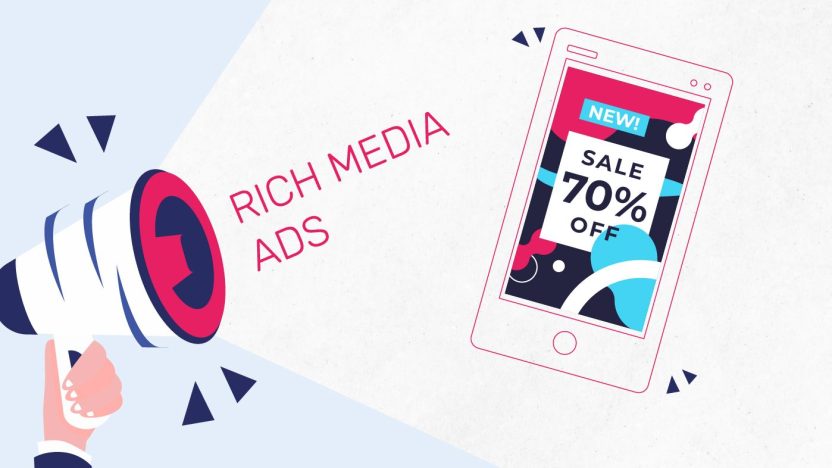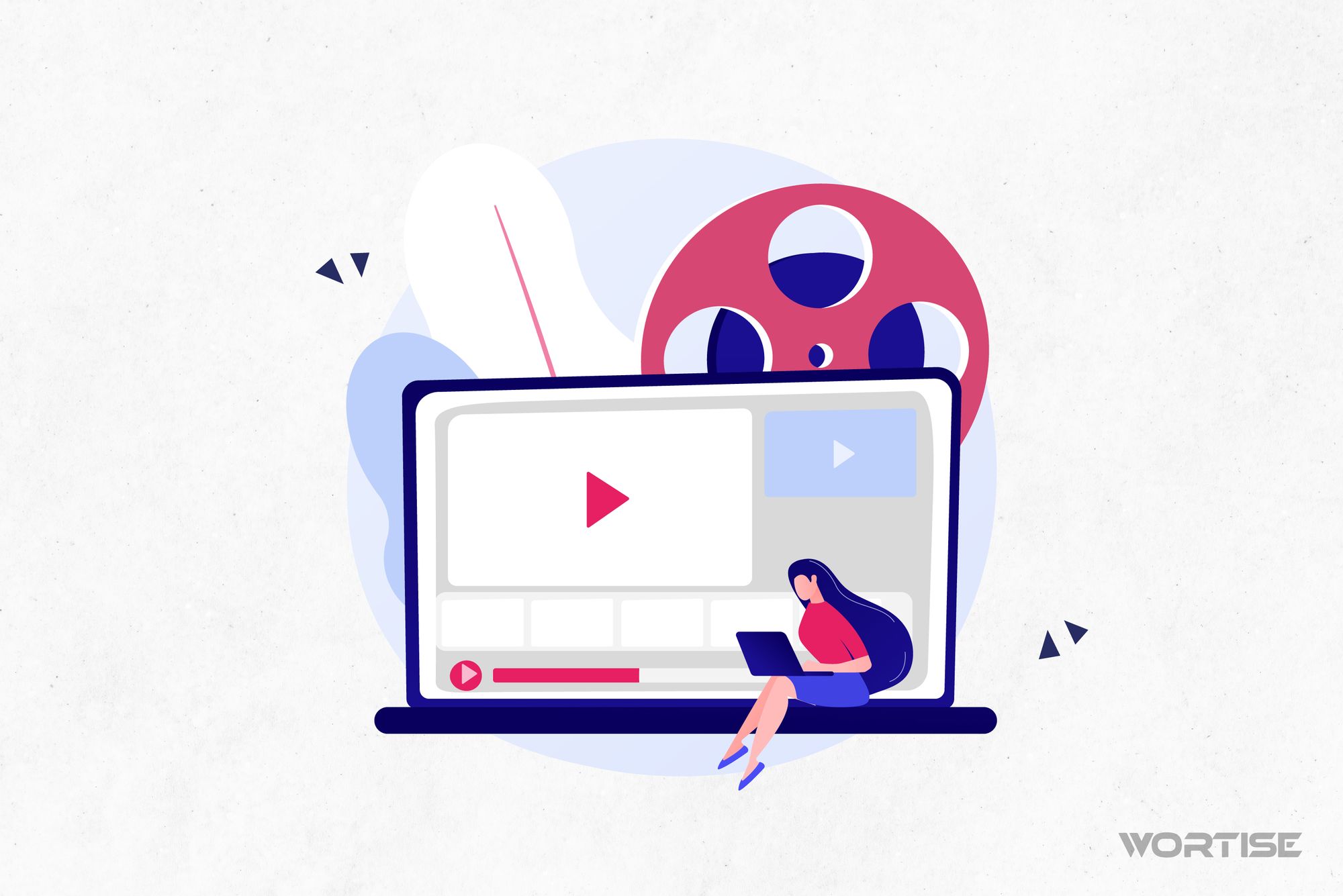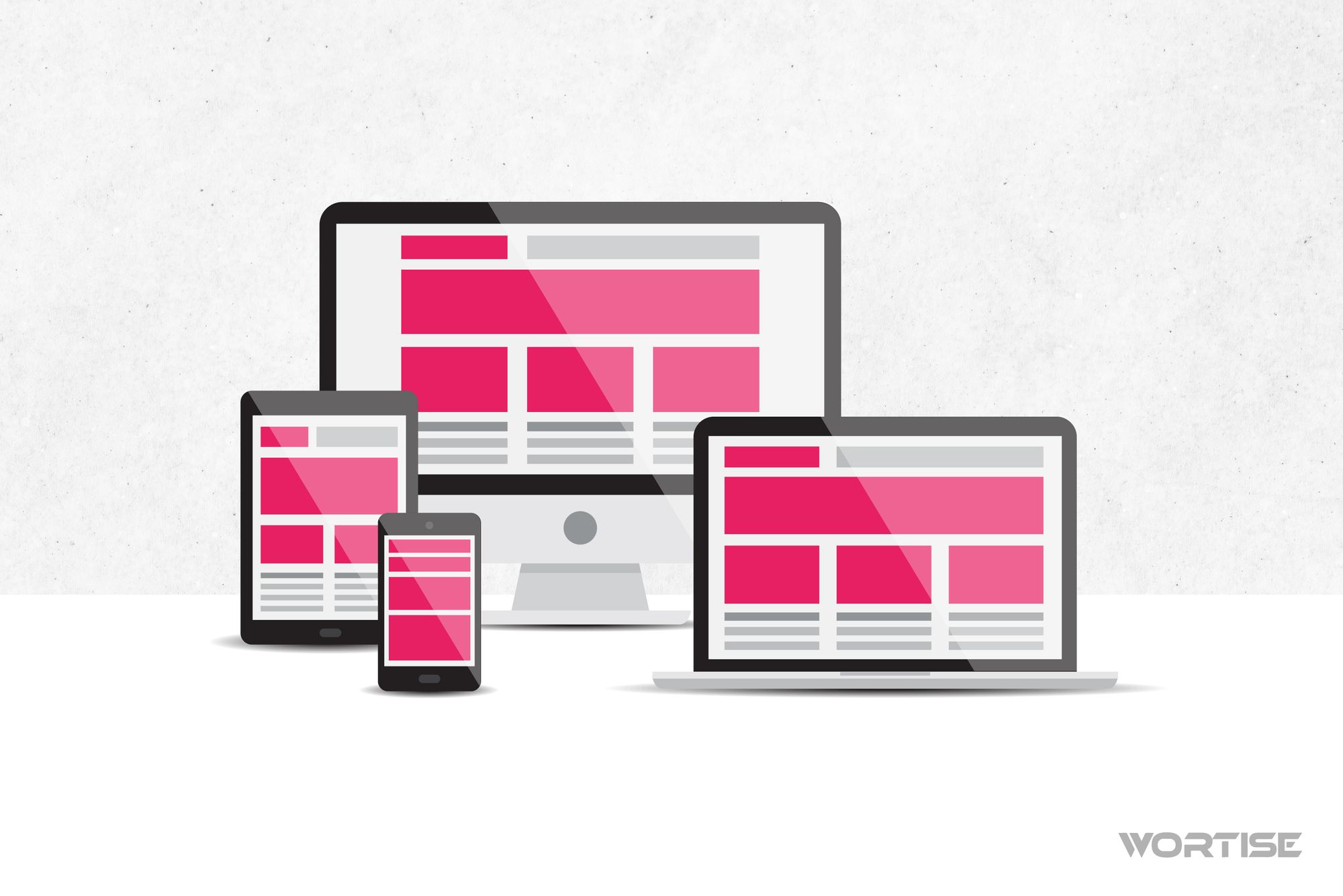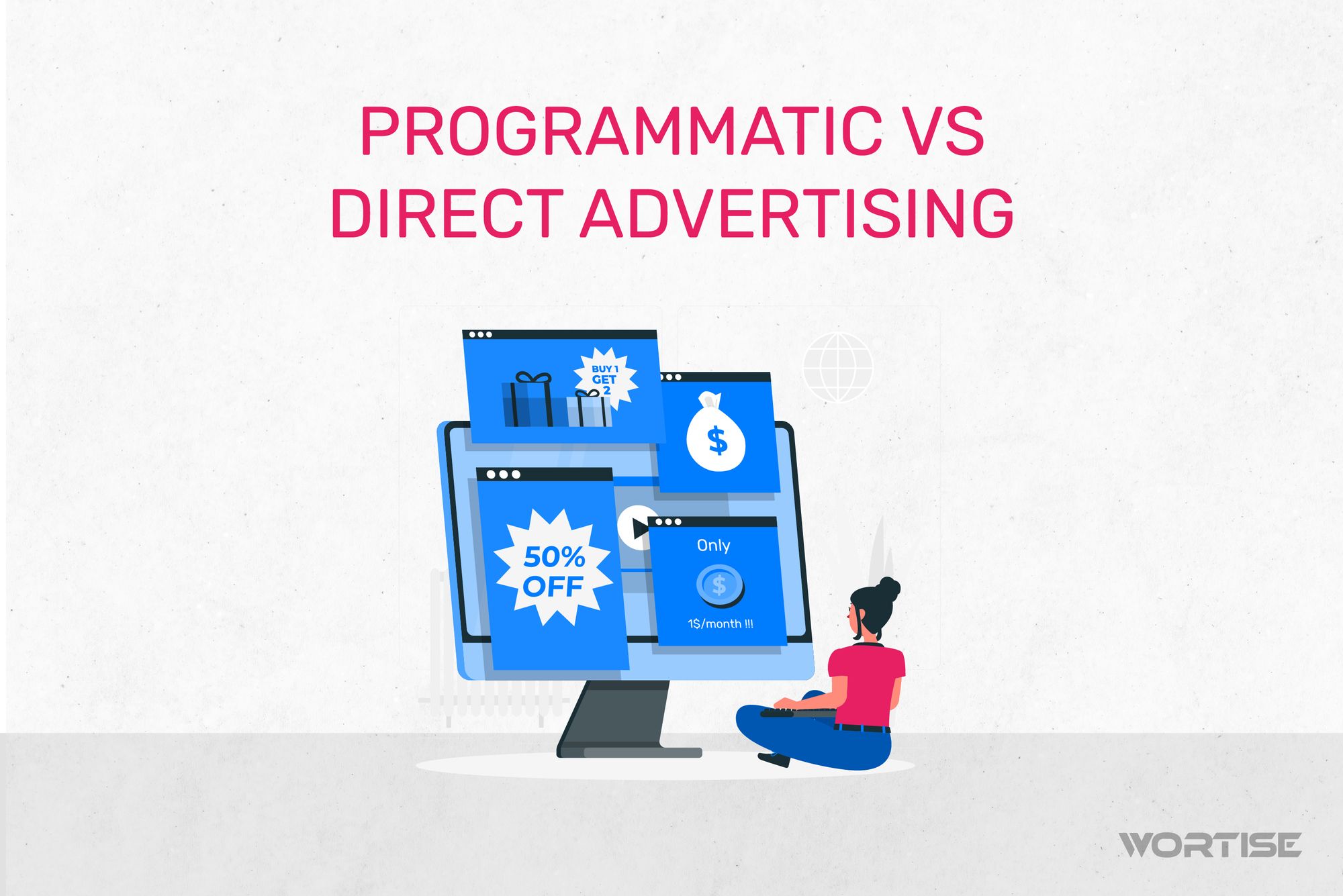La era de la publicidad estática y aburrida quedó en el período paleolítico. ¿Crees que es exagerado? ¡Ni un poquito! Si los anuncios móviles no son interactivos y envolventes todos tus esfuerzos de monetización son nulos o insuficientes. Los Rich Media Ads son la respuesta idónea para sumergir a los usuarios en la publicidad interactiva y ver un incremento sustancial en las ganancias.
Tu tarea como publisher es conocer en profundidad cómo funcionan los Rich Media Ads y qué puedes hacer para incorporarlos correctamente en tu estrategia de monetización. ¿Te cuesta? ¿Hay aspectos que necesitas aclarar? Quizás este post te ayude a despejar cualquier duda.
¿Qué son los Rich Media Ads?
Los Rich Media Ads son el incentivo que requiere cualquier aplicación móvil para mostrar anuncios que no sean aburridos y atrapen la atención del usuario. No es tarea fácil y más si entendemos que muchos usuarios no compaginan con las publicidades.
A diferencia de los banners estáticos tradicionales, los Rich Media añaden un toque de dinamismo y suelen estar compuestos de animaciones, juegos, desplazamientos, sonidos y otros elementos que buscan captar toda la atención del usuario.
¿Son útiles? Obviamente. Su implementación permite mejorar la tasa de clics (CTR) y obtener más ganancias. Los anuncios Rich Media usan al máximo todas las tecnologías emergentes para mostrar publicidad sin estropear la experiencia del usuario.
Estos tipos de anuncios combinan múltiples capas de contenido –fotos, vídeos, audios– en un solo espacio, pudiendo incluso compartir contenido en redes sociales de forma directa desde el anuncio. Una maravilla, ¿verdad?
Beneficios de los Rich Media Ads en la UX
Según un estudio de Insider Intelligence, la publicidad programática que incluye video (sí, exacto, Rich Media Ads) crecerá sustancialmente por encima de anuncios sin movimiento. Esto se debe a la TV conectada y el boom de las redes sociales.
Si ese dato te parece insuficiente, te dejamos otro más convincente: al menos 91% de los anunciantes y especialistas en marketing ya usan anuncios de video, de acuerdo con un estudio de Hubspot.
Ante este escenario, es imposible que te quedes de brazos cruzados. Los Rich Media Ads son la respuesta inmediata a las demandas de editores y anunciantes hambrientos por atrapar audiencias. Son múltiples sus beneficios y aquí te enumeramos algunos:
Más interacción asegurada
Estos anuncios están diseñados estratégicamente para fomentar la interacción del usuario al brindar elementos interactivos, como botones emergentes, deslizadores y música contagiosa.
No es lo que vendes, es cómo lo vendes. Si un anuncio se presenta de esta manera, generará una experiencia más atractiva y agradable y esto va a traer buenos frutos, como por ejemplo una mayor tasa de interacción.
Das en el click del User Experience (UX)
Los Rich Media Ads no conocen de límites en lo que respecta a creatividad. Esa capacidad de usar animaciones, efectos visuales deslumbrantes y narrativas casi que mitológicas hacen que se evidencie una mejora sustancial en la experiencia del usuario (UX), dando paso a elevar la tasa de retención.
Además de todos los trabajos que haces dentro de la app para mantenerla optimizada y agradable, créenos que incorporar los Rich Media le da un empujón oportuno para perfeccionar tu diseño UX.
Personalización y relevancia
Otro aspecto vital de este tipo de anuncios es el poder adaptar el contenido publicitario según los intereses de cada usuario. Interesante, ¿no? Es decir, puedes saltar la barrera de lo genérico y dar justo en el clavo, en el cliente ideal, ese que ya conoces por los datos que has recopilado de él.
Al mostrar anuncios relevantes y personalizados, los usuarios se sienten más involucrados y conectados con tu propuesta y lo que quieres transmitir.
Mejor rendimiento de CTR y conversiones
Todos los elementos de los Rich Media Ads hacen que se produzca un mejor rendimiento en términos de Click-Through Rate (CTR) y tasas de conversión, justo lo que todos los publishers anhelamos.
Dado a que los usuarios están más motivados a interactuar con este tipo de anuncios, se ha evidenciado –incluso por las estadísticas– que eleva la posibilidad de interacciones deseadas.
Creatividad asegurada
Imagina que un usuario está en tu app a punto de abandonarla, pero de pronto aparece una publicidad impactante que lo motiva a verla completa. La música, los colores, los efectos visuales, cada elemento ocasiona en él las ganas de interactuar.
Bueno, imagina ese caso para otros usuarios. La creatividad que ofrecen los Rich Media son el anzuelo perfecto para atrapar a los usuarios y generar en ellos un recuerdo del anuncio.
Tipos de Rich Media Ads: estos son los formatos que puedes incluir en tu estrategia
Lo bueno de este tipo de formatos es que un solo anuncio se puede presentar de distintas maneras. Hay formatos de todo tipo que se adaptan a cada aplicación e, incluso, a la orientación de los dispositivos (vertical u horizontal).
Veamos cuáles son los formatos que gobiernan actualmente:
Expandible
Lo usan mucho los negocios con app. Requieren de la interacción del usuario porque tienen la capacidad de incrementar su tamaño más allá de cómo inician. Se puede expandir de dos maneras: cuando el usuario hace clic sobre el anuncio o de forma automática.
Su característica más resaltante es que pueden expandirse en horizontal o vertical, mutar su forma original o diluirse, todo esto mientras superponen el contenido de la aplicación. También cabe destacar que tienen un tiempo de reproducción predefinido (incluye una cuenta regresiva que indica cuánto dura).
Intersticial
Es uno de los más usados en el mundo y lo incluyen todas las plataformas de monetización. Los intersticiales aparecen al usuario antes de que el contenido de la app se cargue por completo. Es decir, aparecen cuando se decide saltar a otra sección de la app o cargar un nivel de juego.
Los anuncios intersticiales ocupan toda la pantalla y evitan que el usuario se centre en otras cosas de la aplicación. Su uso incrementa el CTR si se compara con los banners u otros anuncios poco interactivos.
Banners interactivos
Sabemos que los banners no son tan creativos, pero con la concepción del Rich Media Ads cobran superpoderes y se convierten en elementos claves para enganchar a los usuarios. A diferencia del banner tradicional, estos tienen elementos interactivos que le hacen ganar relevancia visual.
Se cargan cuando el usuario termina de ver algún contenido en específico dentro de la app.
Banner flotante
Digamos que es otra variante de los banners típicos. En pocas palabras, podemos decir que los banners flotantes toman del ADN de los anuncios intersticiales y crean una experiencia publicitaria mejorada.
Por lo general, estos anuncios se cargan mucho antes de que aparezca el contenido en la app y, aunque no generan tanta interacción como los intersticiales, no es mala idea incorporarlos en tu estrategia.
Display
Son los más comunes y usados porque tienen varias ejecuciones y una alta tasa de CTR. Primero que nada debes saber que se muestran en la app con una posición fija y un tamaño ya preestablecido. Contienen elementos atractivos como videos, sonidos, imágenes y otras creatividades que suplantan –en su mayor
ía– el texto y las palabras.
Hay formatos de Display que resaltan por su capacidad de elevar el engagement con el público, como por ejemplo:
• Collage: combinan distintas imágenes y videos en un mismo anuncio, aprovechando al máximo el tiempo de reproducción. Son ideales para narrar historias visuales de una forma envolvente.
• Full screen: es un video que ocupa toda la pantalla del dispositivo y crea una experiencia inmersiva, deleitante para las pupilas. Se usan mucho para mostrar paisajes y planos detallados de algún producto en particular.
• Video Motion: si un video de por sí ya es atractivo, cobra más notoriedad cuando se incorporan animaciones con dinamismo. Esto es lo que busca el formato video motion, una joya escondida de los displays.
Expandible multidireccional (MDE)
Estos anuncios tienen vida propia, pues se mueven de distintas maneras para ocupar la pantalla lo más que puedan. Por ejemplo, si se ubica a la derecha irá desplazándose hacia la izquierda hasta ganar el mayor campo visual posible.
Video
Aquí no hay mucho que explicar. Los videos son unos de los consentidos de los Rich Media Ads y pueden situarse en diferentes partes, como la inferior, superior o anclados en una parte específica.
Es común ver a los editores llenar su inventario gracias a las demandas de los videos Rich Media.
Mejores prácticas para aprovechar al máximo los Rich Media Ads
No se trata solo de incorporar los Rich Media, hay que saber usarlos con inteligencia. Aquí te dejamos algunas estrategias que seguro te funcionarán:
Escoge formatos apropiados
Primero que nada debes escoger el formato de Rich Media que sientas que pueda tener mayor éxito en tu campaña de monetización in-app. ¿Cómo sabes cuál es el mejor formato para ti?
Las estadísticas te darán luces sobre esto.
Revisa las métricas en la plataforma de mediación y ve cuáles formatos son los más rentables para ti. Con base en eso, procura llenar tu inventario siguiendo tu patrón de consumo.
Optimiza el rendimiento de tu app
Los Rich Media Ads pueden ser increíbles para retener a los usuarios, pero si tu app es deficiente y arcaica es muy difícil que puedas sacarle el máximo potencial. Por eso, asegúrate de que los anuncios Rich Media se reproduzcan en tu app sin problemas, con calidad y en tiempo real.
La carga lenta afecta de forma negativa la experiencia del usuario y, en consecuencia, conduce a un impacto negativo en los ingresos.
Reproduce anuncios creativos
Mientras más atractivo y dinámico sea el anuncio, mucho mejor. Amigo anunciante, procura crear anuncios de impacto con todos los recursos que ofrece el Rich Media. Y tú, amigo editor, asegúrate de que el contenido que se muestra en tu app sea dinámico y haga que los usuarios se comprometan con el mensaje que transmite.
Haz pruebas A/B
Las campañas que incorporan Rich Media obligatoriamente deben pasar por el infalible método de las pruebas A/B, así podrás determinar cuál formato genera mejores resultados y ajustar tu estrategia en tiempo real.
Es mejor tomar decisiones siguiendo resultados obtenidos que improvisar en el camino.
Segmentación precisa
El hecho de que los Rich Media sean envolventes no es garantía de que vayan a ser acogidos con efectividad por todo el público, y mucho menos si no trabajas con segmentación estratégica y dejas todo en manos del “público genérico”.
Fusiona la experiencia inmersiva de los Rich Media con los intereses de los usuarios, comportamiento y ubicación geográfica, así podrás ver resultados positivos en tu estrategia de monetización.
Aquí es vital la plataforma de mediación que utilices. Solo como consejo, escoge una que trabaje con hipersegmentación, formatos innovadores y datos de primera fuente.
Escoge lugares estratégicos
Imagina que en tu app hay una pestaña que los usuarios buscan más, digamos que al lado derecho. Si ubicas allí una publicidad cada cinco o diez segundos, puede que ellos se fatiguen.
Debes evitar a toda costa las interrupciones intrusivas y la inclusión de anuncios Rich Media en sitios que el usuario usa con frecuencia. Procura ubicarlos en sitios estratégicos para que no dañes el gran trabajo que haces en el UX.
Chequea las vistas completas
Monitorear con frecuencia el desempeño de los anuncios Rich Media te llevará a tener datos precisos de cuántos usuarios han interactuado con el contenido o, en su defecto, lo han visto hasta el final.
Parece algo simple, pero esto te ayudará a medir la efectividad de cada anuncio para mantener una línea de trabajo que priorice la excelencia.
Formatos Rich Media Ads innovadores + hipersegmentación en un solo lugar: Wortise
Hola, querido publisher. Sabemos que el diseño de tu app te llevó horas de sueño y un arduo trabajo, por lo que ayudarte a sacarle el mayor provecho es nuestra prioridad. Te ayudamos a maximizar tus ganancias desde el primer día ofreciéndote hasta el doble de eCPM que AdMob.
Cuenta con Wortise para usar los formatos Rich Media más innovadores del mercado, así como nuestra tecnología de aprendizaje automático que permite una hipersegmentación certera para que llegues a audiencias premium.
¡Conéctate con más de 100 Ad Networks y dale valor a tu inventario!




